
Editor’s Note: If you’re considering self-publishing your book, you can research and piece together the process entirely on your own, or you can hire a publishing company like Mascot Books that assists authors in the production, marketing and distribution of their work. In this post, Naren Aryal, CEO of Mascot Books, explains the format picture book authors should use when submitting their story to a self-publishing company.
These days, it’s not uncommon for an author (whether a newbie or seasoned pro) to choose to self-publish.
So you have a good idea for a children’s picture book. Now what? I’m often asked what form the manuscript should take. In the world of children’s books, manuscript style can vary as much as the subject matter of each book. Here’s some practical advice from someone that’s reviewed countless manuscripts over the years.
First, you should know that most picture books are thirty-two pages, and after you’ve allocating space for end pages, copyright page, and title page, you’re typically left with twenty-four pages … or twelve spreads of artwork. A “spread” is comprised of the left and right pages when you open a book. A spread is sometimes referred to as “scene” which is also an appropriate term, but here we’ll stick with the term “spread.” Sure, some books may have more or less than twelve spreads, but twelve is most common.
You’ll want to divide your story into twelve spreads, and for each spread include your text and your thoughts regarding accompanying illustrations (to the extent you have strong feelings about the illustrations). I find it helpful to know what an author has in mind for illustrations when reviewing a manuscript. The final illustrations rarely end up being exactly as described in the initial manuscript, but it is a good starting point for discussions among the author, publisher, and illustrator. The final script almost always changes from the time of the initial submission to the printed book … but that’s okay! There’s editing that occurs, and after the illustrations are done it’s normal for lines that seemed to work previously to end up requiring some tweaking when coupled with artwork.
It’s not necessary to use actual page breaks when formatting your manuscript, but spread headings (usually as simple as Spread One, Spread Two, etc.) are useful. If you prefer the spread to consist of two unrelated illustrations, you can indicate that by creating sub-headings on the spreads listed as “pages,” (for example, Spread One would consist of pages 1 and 2; Spread Two would consist of pages 3 and 4, etc).
Remember, these are general guidelines. Since substance always trumps form, don’t be shy about submitting your story. The publisher will help with formatting if needed.
Write away!
Naren Aryal co-founded Mascot Books in 2003. Mascot Books is a full service book publishing company that works closely with independent authors in every phase of writing/editorial, book production, book marketing, and book distribution. Their roster includes bestselling authors who have previously traditionally published, first time authors, and authors at various levels in between.
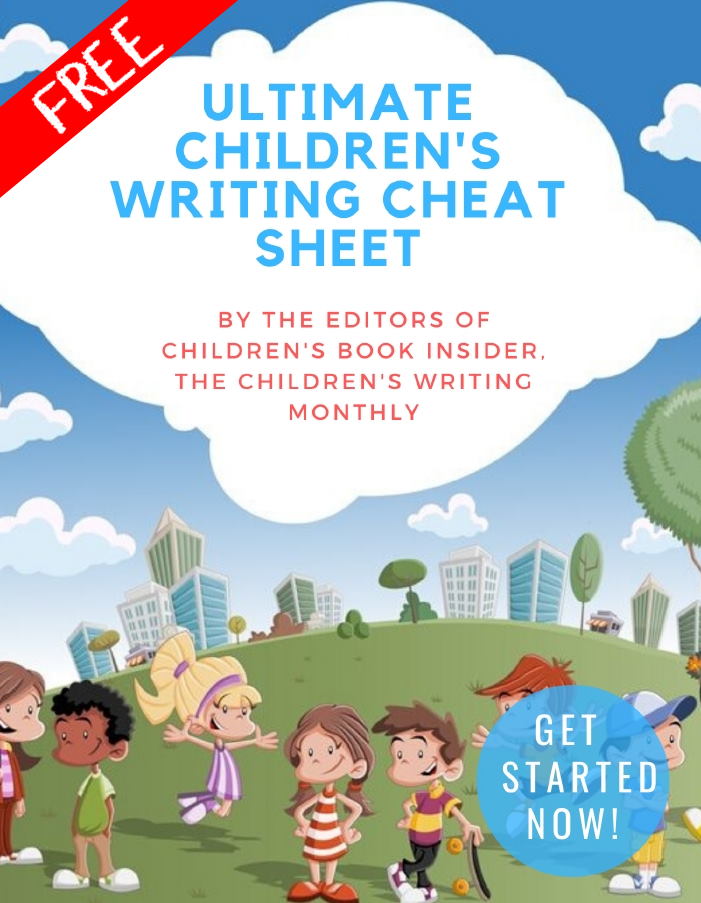
✏ Word Counts & Age Groups for Every Kidlit Category
✏ FAQs, Glossaries and Reading Lists
✏ Category-specific Tips, from Picture Books Through Young Adult Novels
✏ 5 Easy Ways to Improve Your Manuscript
✏ Writing For Magazines …and more!
This is a gift from the editors of Children’s Book Insider, and there’s no cost or obligation of any kind.
We will never spam you or share your personal information with anyone. Promise!
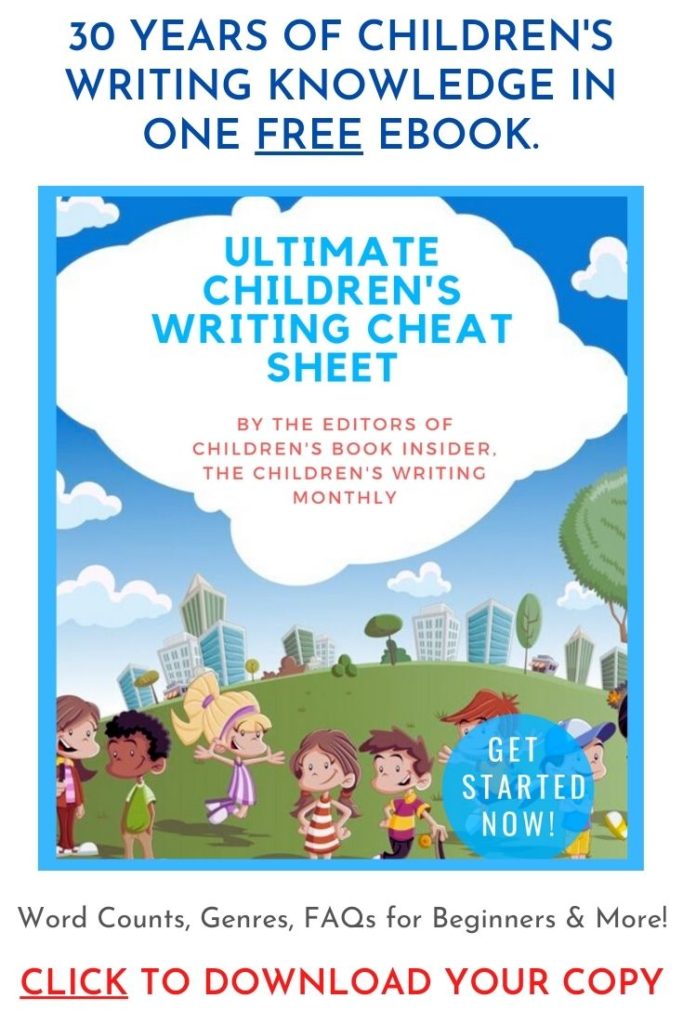
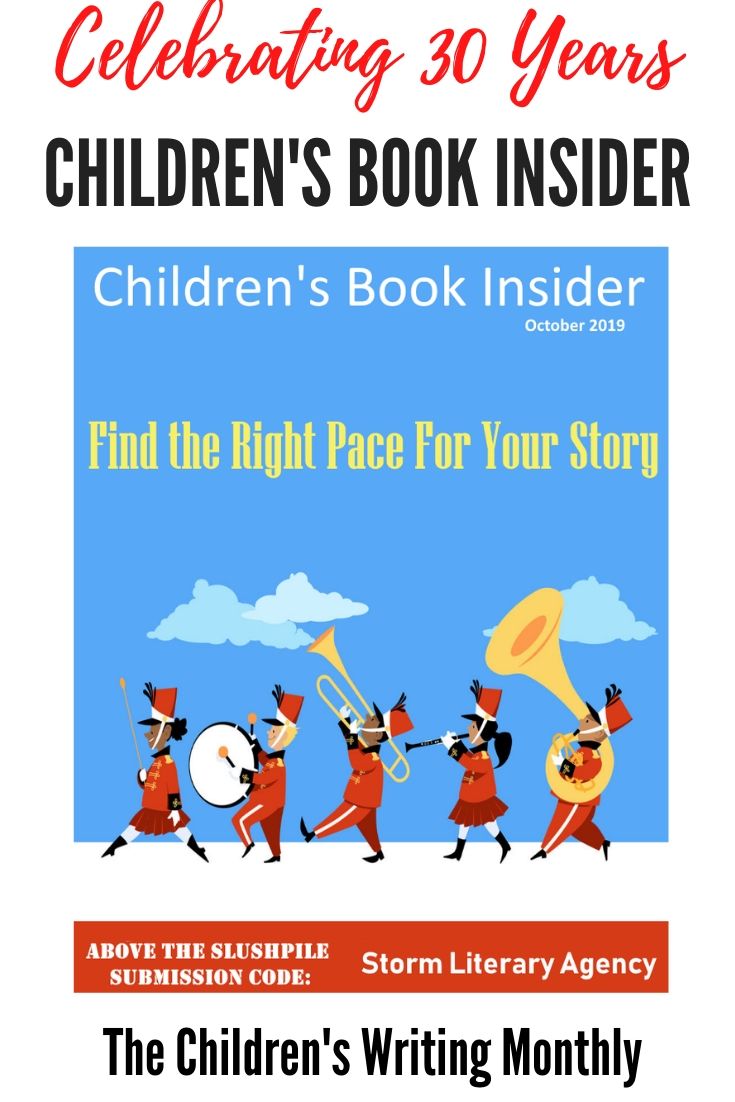
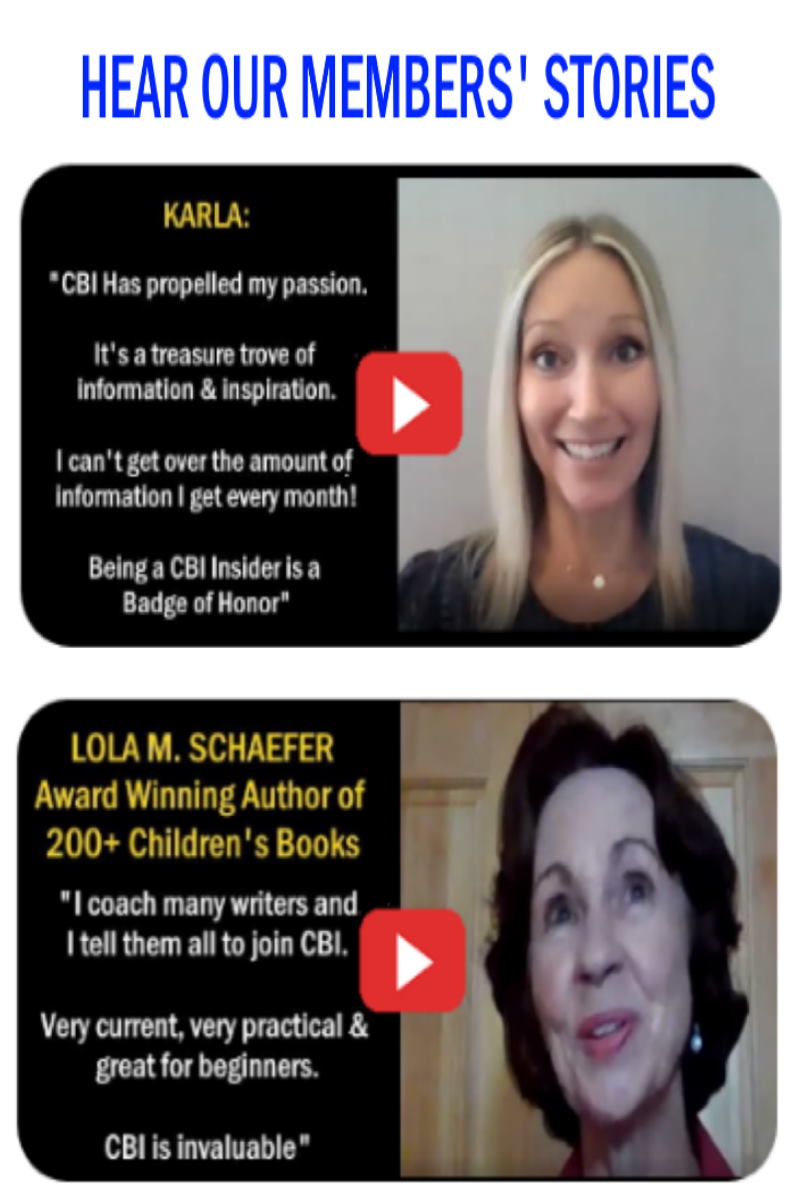
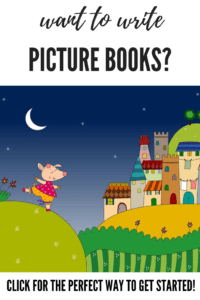


Self-publishing requires time and more effort from the author. Tips you mentioned in your content are very helpful and gives a basic idea of self-publishing. Thanks for sharing it.